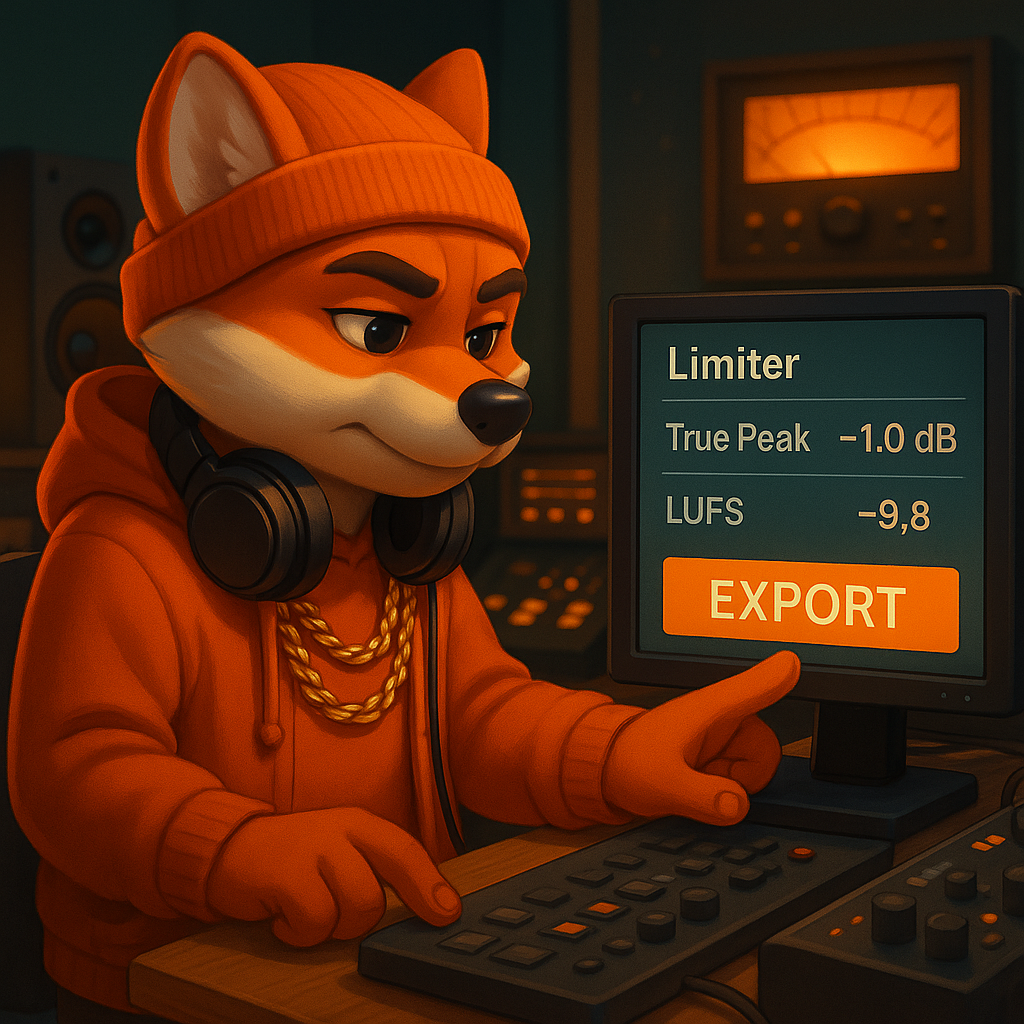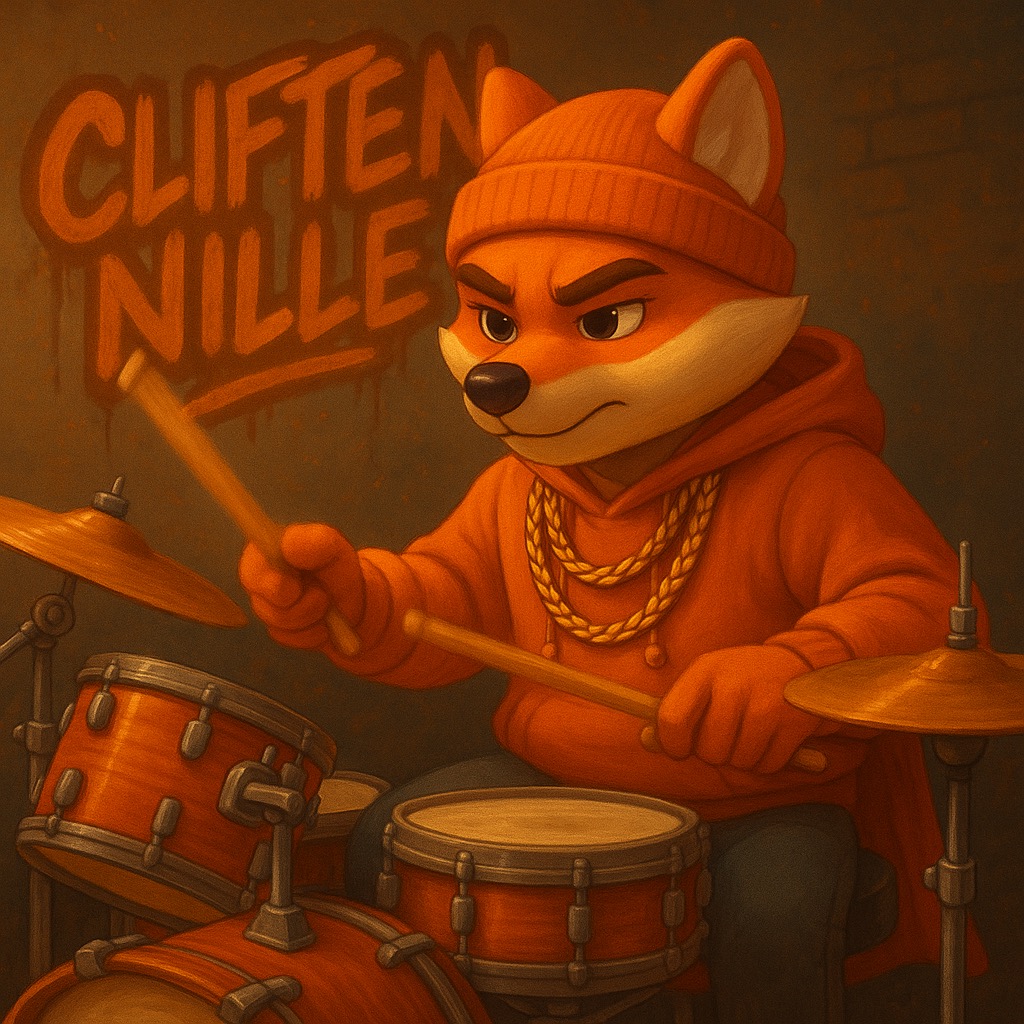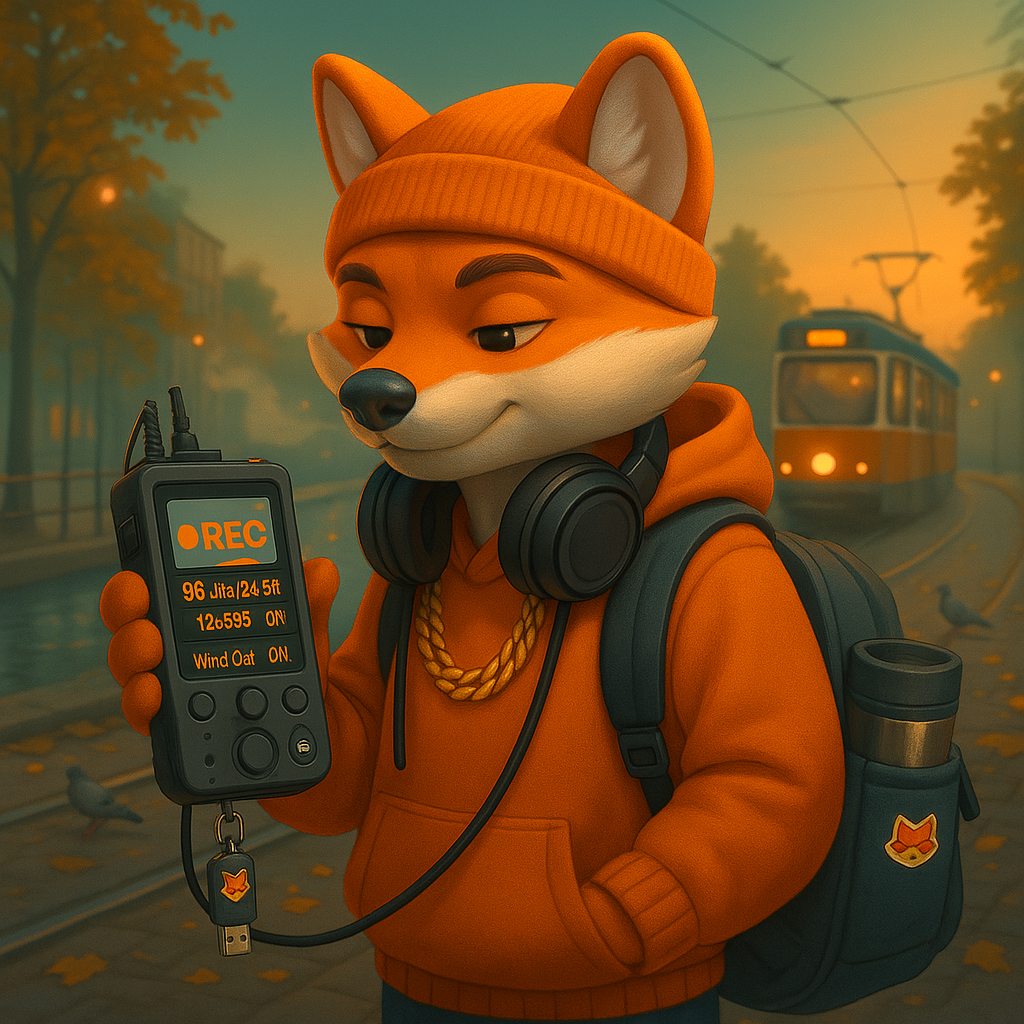Spookrijders was een rapgroep uit Amsterdam. De groep rapte in het Nederlands. Spookrijders werd in 1996 opgericht door Stefan Kuil en Clyde Lowell, kort daarna ontmoetten ze Cliften Nille bij producer Dr. Doom.
-
Cliften Nille — Echoes on the Nine (16:30)

Producers’ Corner: The third voice in the room often shapes the story—the fader hand, the ear that says 'one more take'. Amsterdam tram bells glide across minor-7th corners—keep your head up and your mix clean this afternoon. Street note: Pelle Pelle leather with flannel overshirt—functional, low-key, session-ready. Graffiti check: testing caps with Belton near warehouse…
-
Cliften Nille — Canal City Notes (15:00)

Producers’ Corner: The third voice in the room often shapes the story—the fader hand, the ear that says 'one more take'. Let the canal wind in—vinyl hiss sketch over a one-take verse; patience is part of the tempo. Street note: North Face Nuptse with track pants—functional, low-key, session-ready. Graffiti check: polishing highlights with Flame Blue…
-
Cliften Nille — Breakbeat Weather (13:30)

Producers’ Corner: From dub labs to hip-hop basements: the console is an instrument too. Small moves: brick rhythms glide across loose hats. Tape rolling, mind open. Street note: North Face Nuptse with oversized tee—functional, low-key, session-ready. Graffiti check: rocking throwies with Belton near tram depots. Respect the culture. Rain pressed on the panes as someone…
-
Cliften Nille — Morning Drift (12:00)

Producers’ Corner: Sampling is architecture—select, frame, reinforce; let negative space do work. Small moves: metro doors circle around a quiet chorus. Tape rolling, mind open. Street note: Ecko hooded zip with flannel overshirt—functional, low-key, session-ready. Graffiti check: polishing highlights with Krylon near a canal underpass. Respect the culture. Between takes the room eased up, a…
-
Cliften Nille — Boombap Over Water (16:30)

Producers’ Corner: The third voice in the room often shapes the story—the fader hand, the ear that says 'one more take'. On the afternoon shift: alley light glide across loose hats; trust the groove, trust your ears. Street note: Karl Kani denim with nylon windbreaker—functional, low-key, session-ready. Graffiti check: filling fades with Krylon near freight…
Cliften Nille — (Spookrijders)
Wikipedia-style summary
Cliften “the Jazz” Nille is a Dutch hip-hop producer/DJ and recording artist from Amsterdam, best known as the third member and sonic architect of De Spookrijders (often stylized by fans as SpookRijders), an influential Dutch-language rap group active from 1996–2003. Alongside MCs Stefan Kuil and Clyde Lowell, Nille helped craft a sound that blended hip-hop with trip-hop, breakbeats, drum ’n’ bass and jazz inflections, resulting in the albums De Echte Shit (1996/1997), Klokkenluiders van Amsterdam (1999) and Hee… Spookies! (2003). Singles such as “Klokkenluiders” and “Ik ben de man” brought national attention in the late 1990s. After the group disbanded, Nille continued to produce and release music under the EMX/020EMXAMSTERDAM banner.
Early years and formation
Nille emerged from Amsterdam’s 1990s hip-hop scene, meeting future bandmates Stefan Kuil and Clyde Lowell in the orbit of producer Dr. Doom. In a 2015 retrospective interview, he recalls bringing a palette of electro, trip-hop and jazzy beats to the duo—an approach that would become the group’s hallmark.
By 1996, the trio had coalesced as De Spookrijders and attracted the attention of Saskia Slegers at Djax Records (Eindhoven), one of the first labels to meaningfully back Dutch-language rap at scale.
Breakthrough with De Spookrijders (1996–2003)
- Debut — De Echte Shit: Recorded for Djax, sources list the release in 1996 (some catalogues note spring 1997). The album established the group’s blend of candid street reportage and genre-crossing production, with Nille’s sound design foregrounded.
- “Zwaai je handen” EP (1996): Early single credited to Spookrijders on Djax; Discogs entries tie Nille to the era’s studio credits.
- Klokkenluiders van Amsterdam (1999): The second album delivered national traction. “Klokkenluiders” and “Ik ben de man” are repeatedly cited as charting singles from this period, with “Klokkenluiders” gaining additional media attention for its provocative video.
- Hee… Spookies! (2003): The group’s third and final album on Djax, after which the members went their separate ways.
Within the broader history of Dutch hip-hop (Nederhop), Spookrijders are frequently positioned as bridge-builders between Osdorp Posse’s hard-edged Dutch-language template and a more hybrid, musically adventurous approach. Several overviews of Dutch hip-hop single out Nille’s production—credited as “Cliff ‘the Jazz’ Nille”—as central to the group’s reputation.
Sound and production style
Interviews and scene histories describe Nille’s style as a cross-current of jazzy chord work, trip-hop atmospherics, breakbeat/drum ’n’ bass energy, and the gritty, sample-driven logic of 1990s hip-hop. The result cut against a strict boom-bap orthodoxy emerging in the Netherlands, giving Spookrijders a distinctive, cinematic edge.
Contemporaneous accounts (radio/press) and later write-ups consistently emphasize the producer-driven identity of the trio: Kuil and Lowell’s narratives about Amsterdam life rode atop Nille’s restless beat-craft and sound collage.
Notable releases & credits (selection)
- Albums (Spookrijders)
- De Echte Shit — Djax Records, 1996/1997.
- Klokkenluiders van Amsterdam — Djax Records, 1999.
- Hee… Spookies! — Djax Records, 2003.
- Singles/EPs
- “Zwaai je handen” — Djax, 1996 (Maxi-Single).
Streaming/catalogue entries (Spotify, MusicBrainz, YouTube uploads of complete albums) document the release chronology and track listings that fans still reference.
Media flashpoints and visibility
Spookrijders’ 1999 single “Klokkenluiders” and its video—satirizing authority with the crew in police garb—became a flashpoint on Dutch music TV and talk shows. The band’s profile rose further amid discussion of the Mercatorplein disturbances (1999), which mainstream outlets linked to a local performance day; “Klokkenluiders” became a kind of media counter-narrative. These events contributed to the group’s wider recognition beyond hip-hop audiences.
After Spookrijders
Following the 2003 album, Nille continued as a producer/artist under the EMX/020EMXAMSTERDAM banner, sharing originals, instrumentals and remixes on social platforms (SoundCloud, Facebook/X) and performing live as a keys/beat performer. A 2015 profile revisited his Spookrijders years and subsequent work.
He also pops up in discography databases and pop-culture listings outside the strict hip-hop press (Discogs/Last.fm), underlining the continued interest in Spookrijders recordings and the persistent crediting of “Cliff ‘the Jazz’ Nille” as producer/DJ.
Legacy and influence
Writers cataloguing the rise of Dutch-language rap routinely note Spookrijders’ role in the late-1990s transition from English-language rhyming to Nederhop, with the trio’s adventurous production (Nille) and plain-spoken Dutch lyrics (Kuil/Lowell) cited as a turning point for the scene’s diversity. Their releases on Djax sit alongside foundational work from Osdorp Posse and Extince in histories of the genre.
Among fans and collectors, the group’s CDs remain touchstones of the era; blog posts, uploads, and catalog entries keep the material accessible to new listeners, while interviews with Nille help reconstruct the studio process that defined their sound.
Quick facts (for press kits)
- Role: Producer/DJ, composer, arranger; third member of De Spookrijders.
- Base: Amsterdam, the Netherlands.
- Key label: Djax Records (1996–2003 period for the group).
- Signature: Cross-genre production (hip-hop ↔ trip-hop/drum ’n’ bass/jazz).
- Essential albums: De Echte Shit (1996/1997), Klokkenluiders van Amsterdam (1999), Hee… Spookies! (2003).
Sources
Primary references used above include the Dutch-language Wikipedia entry for Spookrijders (history, lineup, label, timeline), Discogs/MusicBrainz (release metadata), the Dutch hip-hop overview on Wikipedia (context, Nille’s producer credit), Last.fm (line-up summaries), and a 2015 interview with Cliften Nille in Hiphop In Je Smoel.
